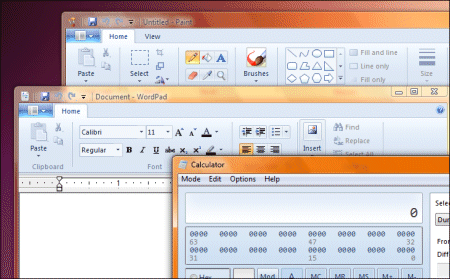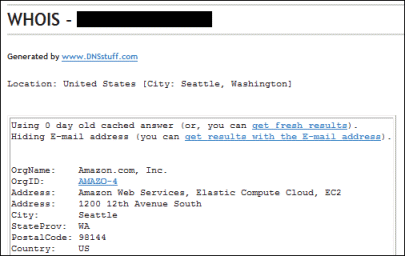I’m writing a piece on Ubuntu – makes a change from all that Windows at Microsoft’s PDC. I wanted to be up-to-date, so I upgraded my laptop from Hardy Heron (8.4) to Intrepid Ibex (8.10), released just yesterday. I followed the officially recommended procedure. Currently I only have a wi-fi connection, which is not ideal, but I reckoned it might work. Before upgrading, I applied all available updates to the existing 8.04 installation.
The update manager started off confidently enough, though it sat for a long time on ldconfig deferred processing. Then it asked for a restart, and things started going wrong. Ubuntu could only boot to a terminal prompt, since it was missing packages needed for X, the graphical server, to start. I tried to fix this with apt-get; but I had another problem: the wifi connection was down. I managed to get this working with ifconfig and iwconfig, and repaired my system with apt-get update and apt-get dist-upgrade. This downloaded and installed some 340MB of packages, after which I could boot to the desktop.
I was not done yet. On startup, Ubuntu was pausing when configuring the network. When the desktop appeared, I had the problem usually expressed as nm-applet not appearing in the panel. This actually meant that the network manager had crashed. If I tried to restart it, it said “no connections defined” and hung with some other errors. Once again, I could only restore wifi by fidding with console commands. I discovered I was not alone with the nm-applet problem. The fix that worked for me was to remove all references to network devices other than loopback in /etc/network/interfaces, as described here. Restarted, the network applet returned, and I could finally connect conveniently.
I got a surprise when I tried to browse the web. The upgrade had removed most of my applications, including FireFox and OpenOffice. I had to reinstall these using Add/Remove applications. I did find that FireFox had remembered my settings, once reinstalled, for which I was grateful.
Now that Intrepid Ibex is up and running, it will probably be as stable, fast and capable as Hardy Heron before it – really, it was. Linux is great, honest.


